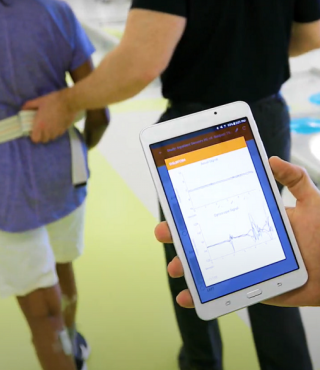Bibliography
Melville, L. L., Baltic, T. A., Bettcher, T. W., & Nelson, D. L. (2002). Patients’ perspectives on the self-identified goals assessment. The American Journal of Occupational Therapy, 56(6), 650–659. Find it on PubMed
Nelson, D. L. & Melville, L. L. (2017). Overview of the Melville-Nelson SCA. Retrieved from https://www.utoledo.edu/hhs/ot/pdfs/sca_overview.pdf
Nelson, D. L. & Melville, L. L. (2017). Second alternative for recording. Retrieved from http://www.utoledo.edu/hhs/ot/pdfs/sec_altern.pdf
Nelson, D. L. & Melville, L. L. (2017). SIGA protocol. Retrieved from http://www.utoledo.edu/hhs/ot/pdfs/protocol.pdf
Nelson, D. L. & Melville, L. L. (2017). SIGA visual aid. Retrieved from http://www.utoledo.edu/hhs/ot/pdfs/visual_aid.pdf
Nelson, D. L., Melville, L. L., Wilkerson, J. D., Magness, R. A., Grech, J. L., & Rosenberg, J. A. (2002). Interrater reliability, concurrent validity, responsiveness, and predictive validity of the Melville-Nelson Self-Care Assessment. American Journal of Occupational Therapy, 56(1), 51-59. Find it on PubMed
Stuber, C. J., & Nelson, D. L. (2010). Convergent validity of three occupational self-assessments. Physical and Occupational Therapy in Geriatrics, 28(1), 13–21.


